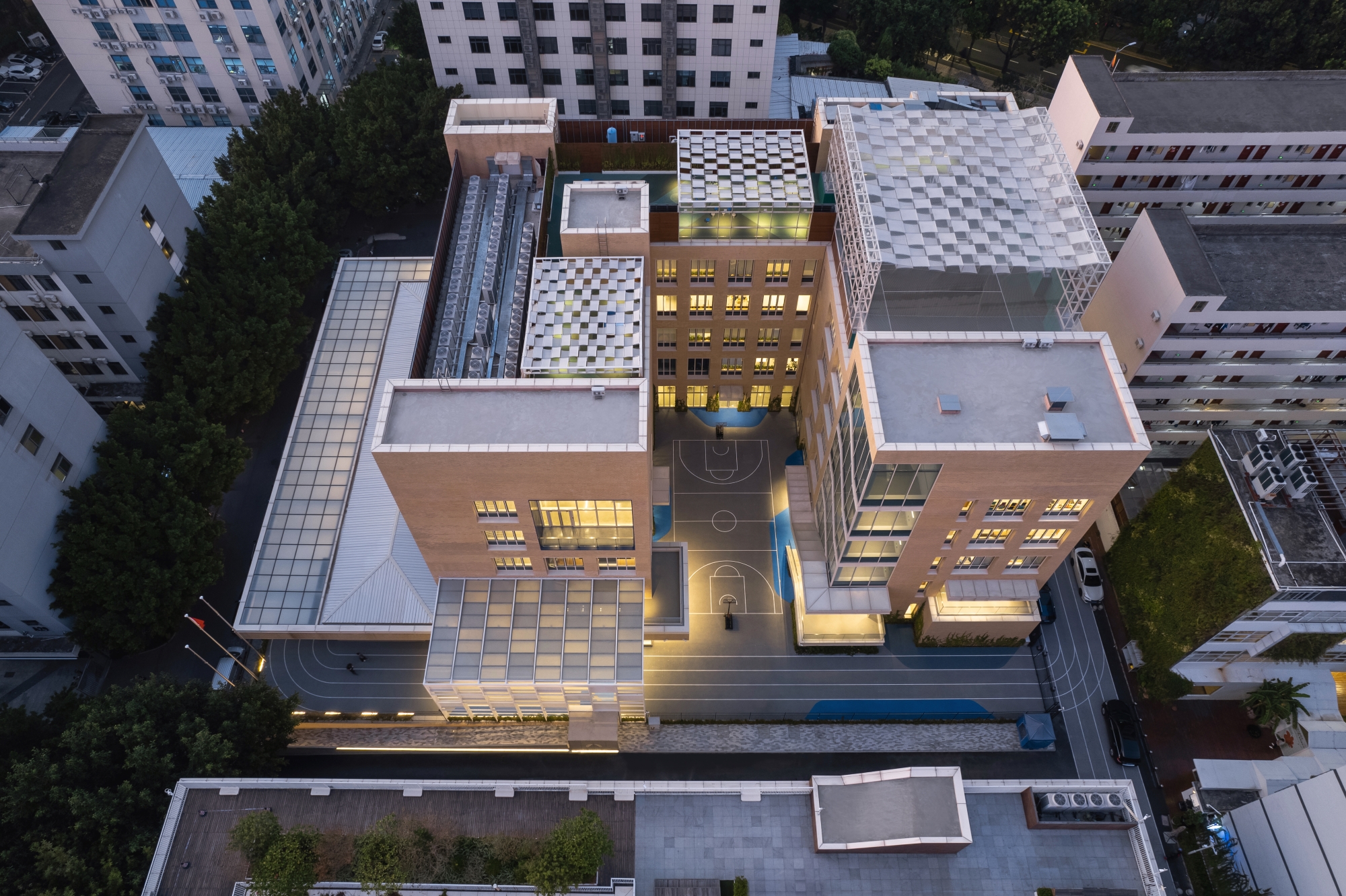 Image © ZC Architecture Photography Studio
Image © ZC Architecture Photography Studio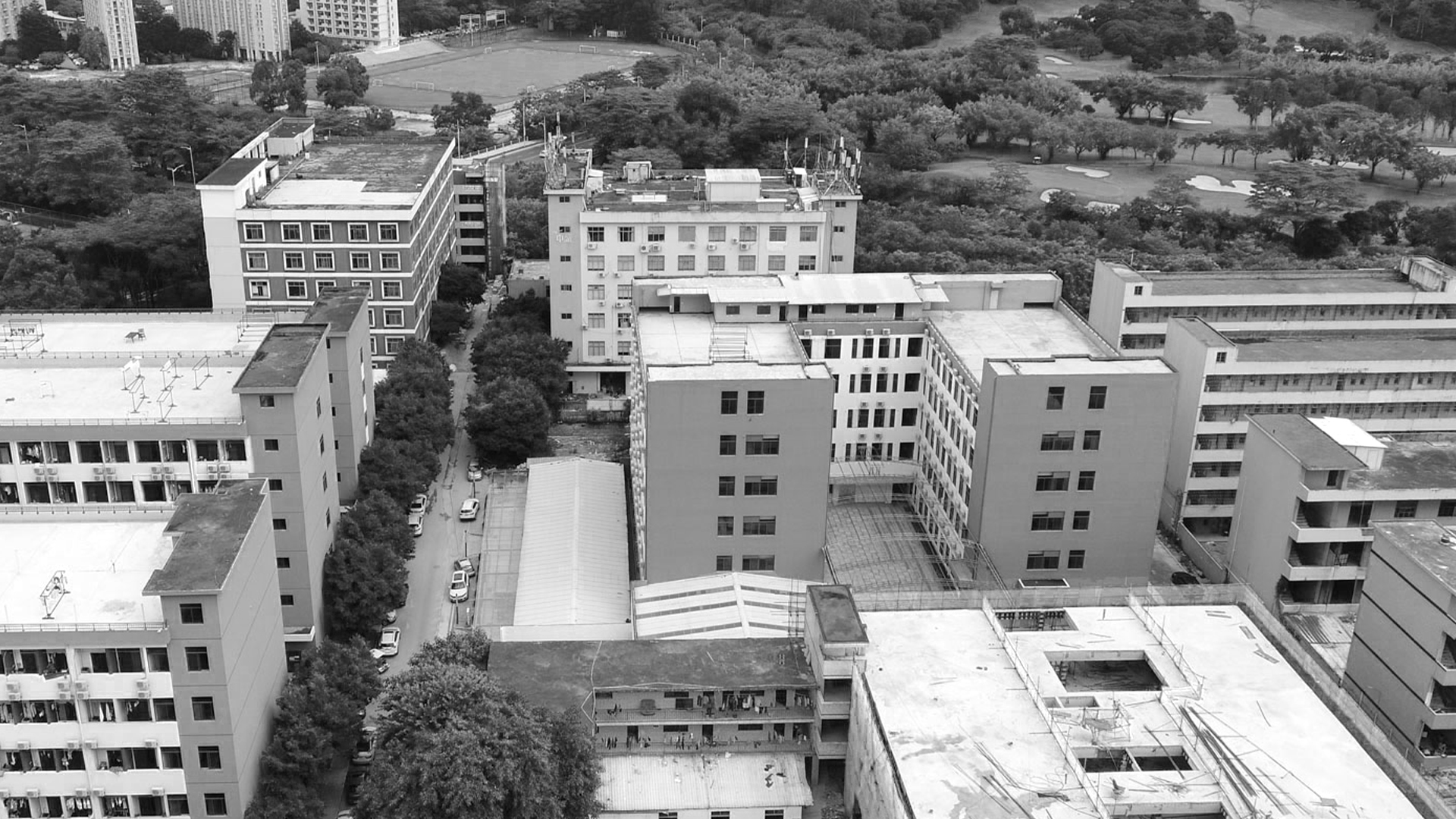 Image © ZC Architecture Photography Studio
Image © ZC Architecture Photography Studio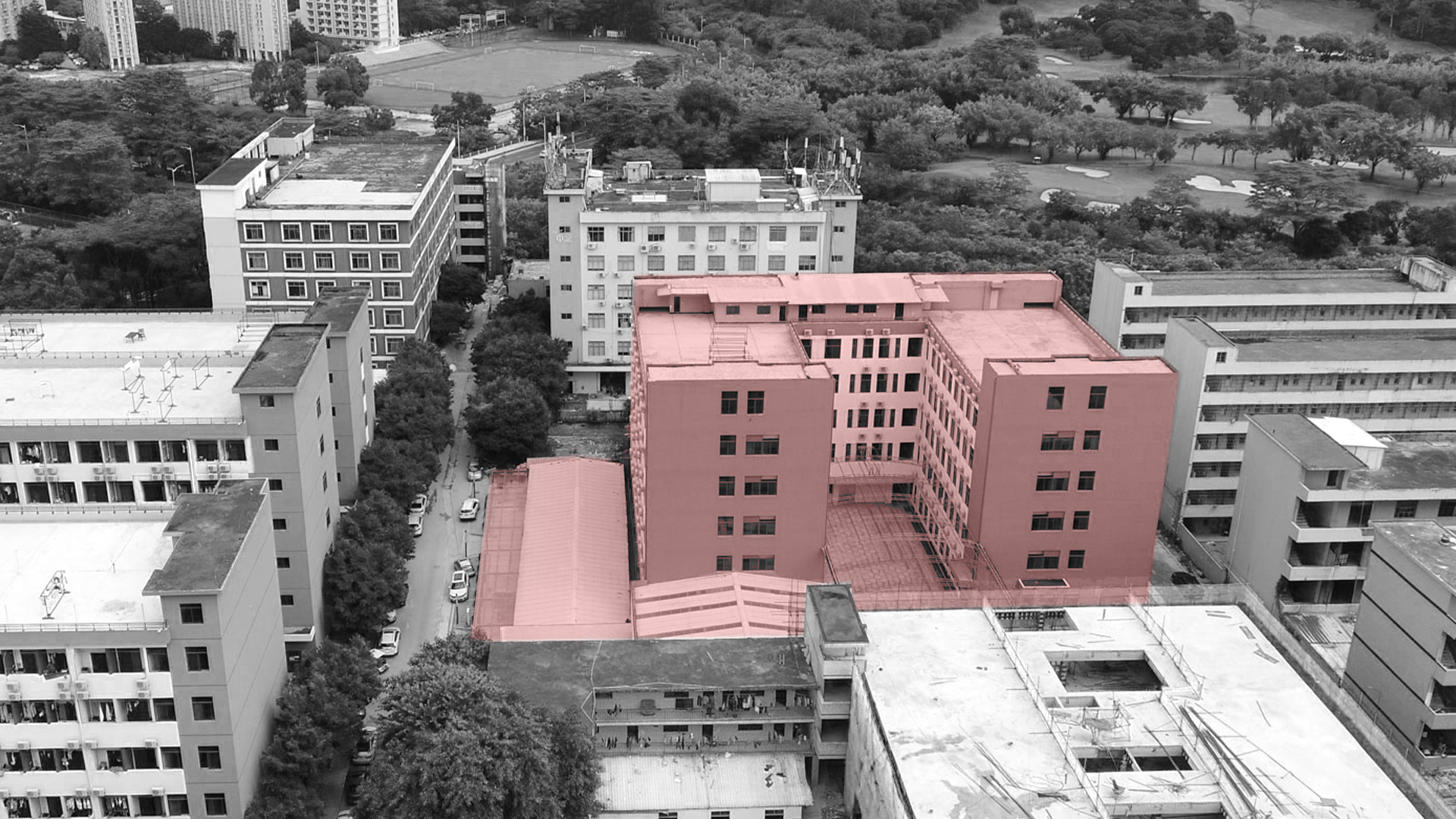 Image © ZC Architecture Photography Studio
Image © ZC Architecture Photography Studio Image © ZC Architecture Photography Studio
Image © ZC Architecture Photography StudioAvenues Primary School is located in Shenzhen’s Nanshan District, the Tanglang Industrial Zone is one of the few remaining underdeveloped “urban villages.” As opposed to a previous strategy of tearing down and building anew, the government has shifted its focus to projects that embrace the adaptive reuse of existing structures.
The Primary School transforms the parking lot previously at the center of the U-shaped warehouse building into a playground and adds new playspace on the roof of the building, which helps students develop their motor skills, and develop their social and spatial experiences. Encircling the building is a new running track.
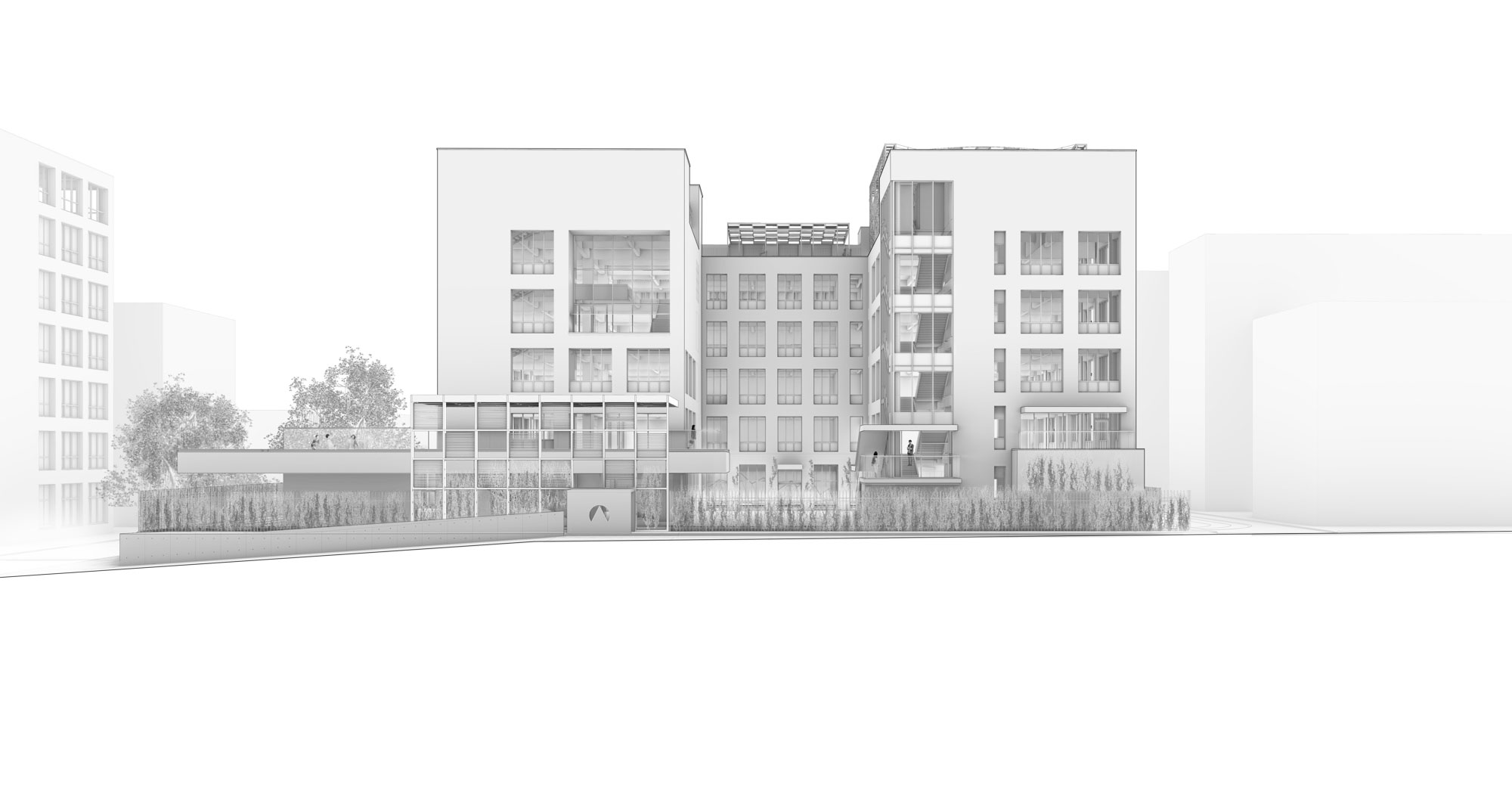 Image © Efficiency Lab for Architecture
Image © Efficiency Lab for Architecture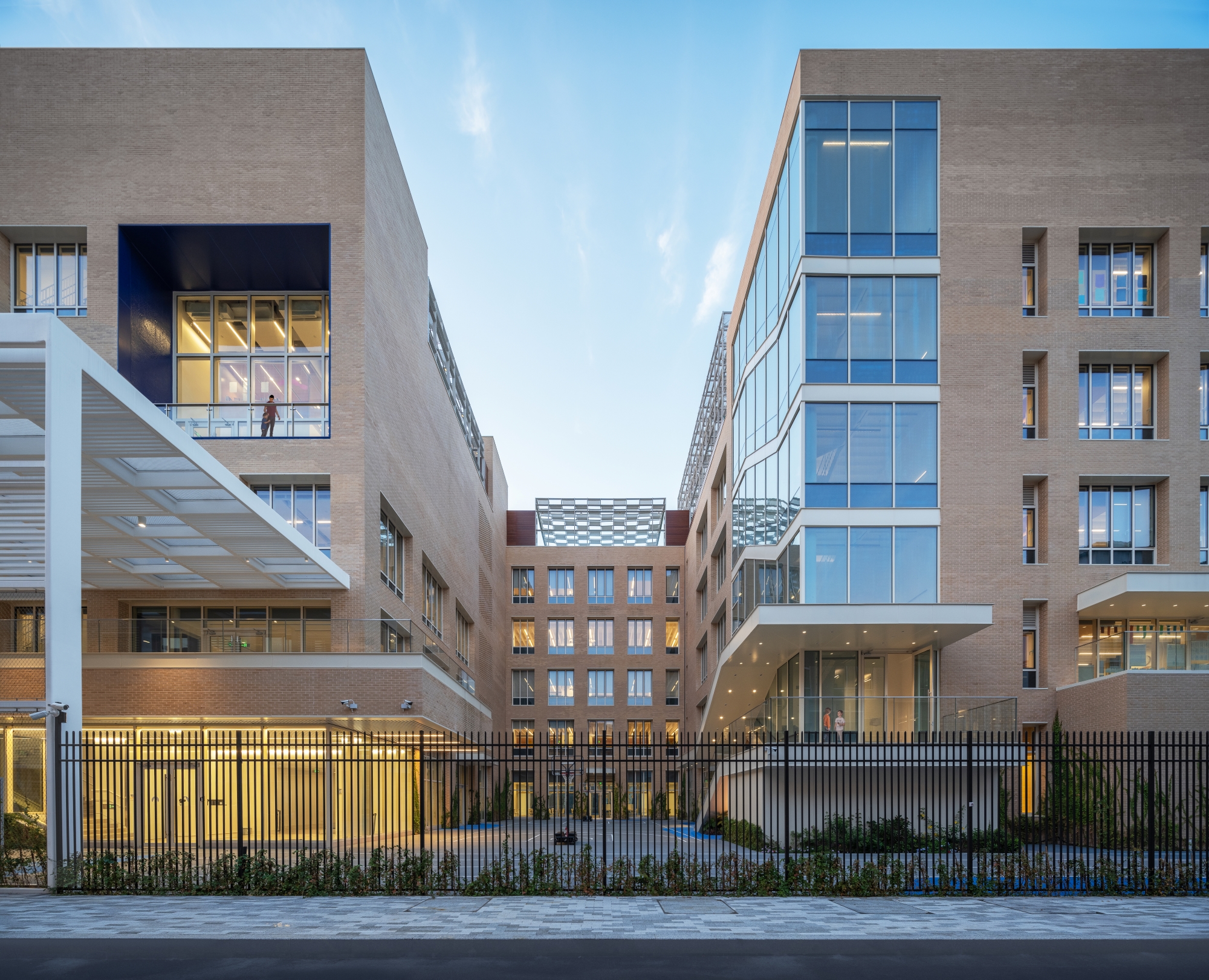 Image © ZC Architecture Photography Studio
Image © ZC Architecture Photography Studio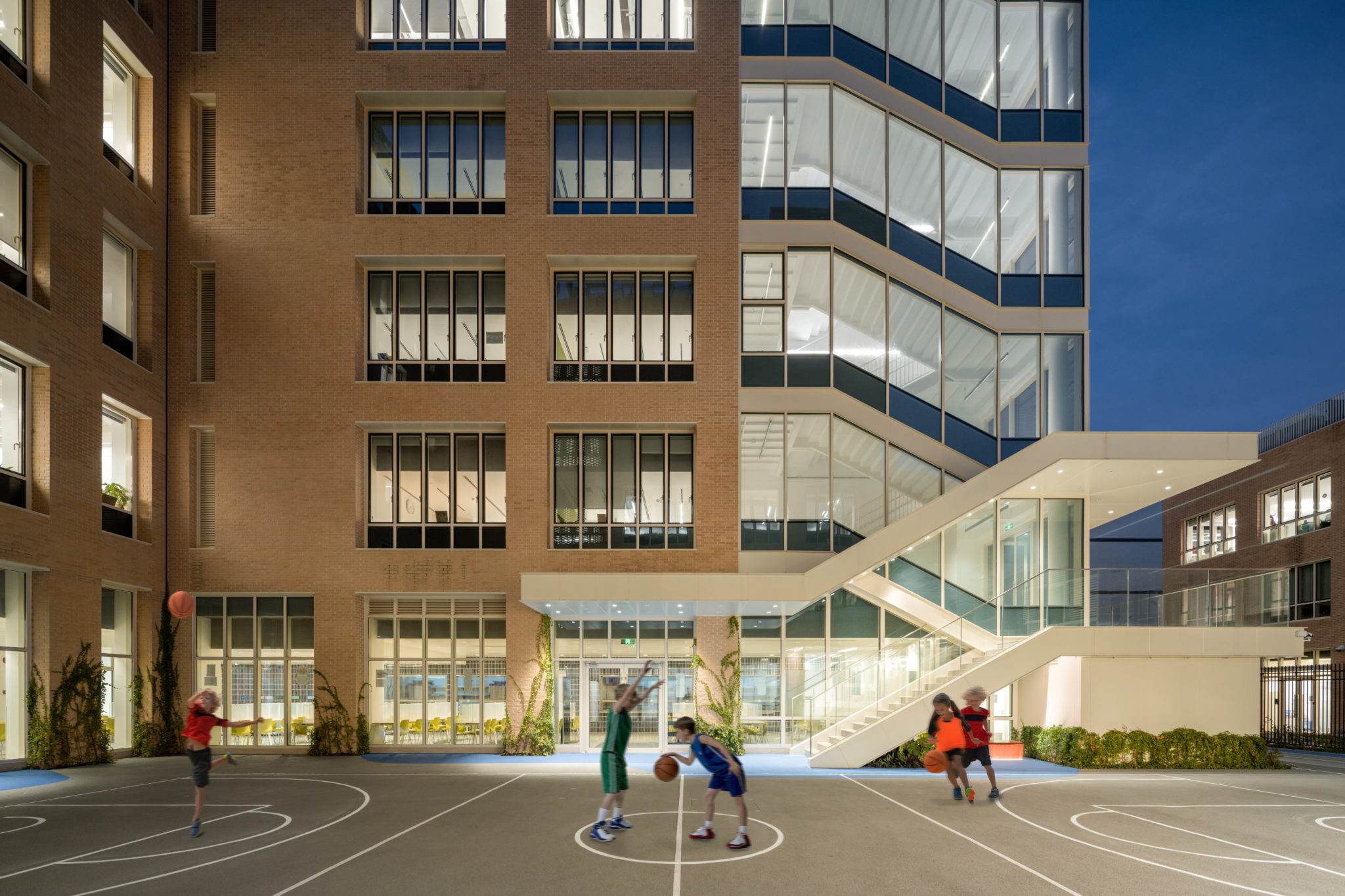 Image © ZC Architecture Photography Studio
Image © ZC Architecture Photography StudioThe facade of the existing building was strategically carved out to create more transparency and to bring natural light into the building.
New ground-level activation connects to the surrounding streets and improves the pedestrian experience.
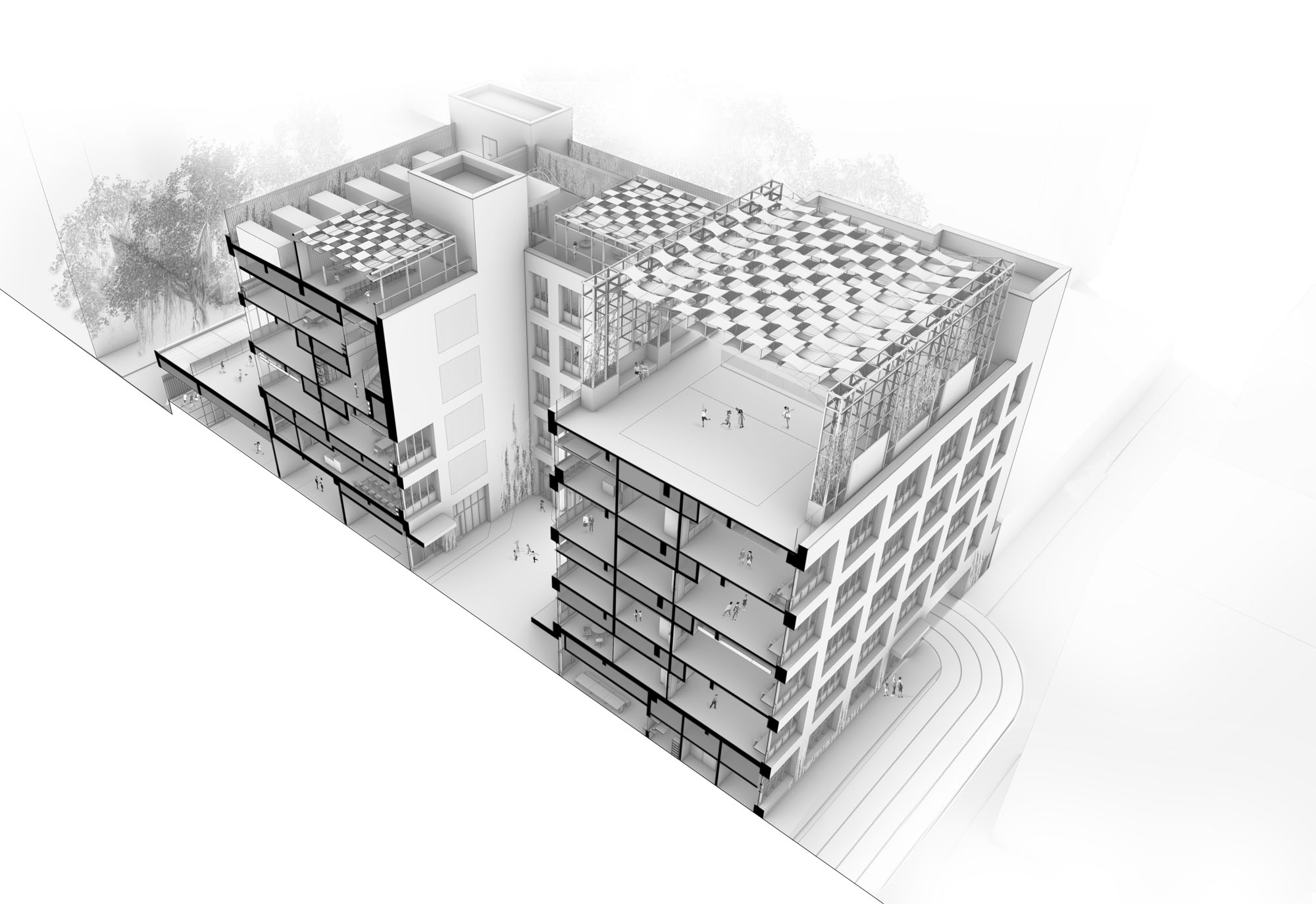 Image © Efficiency Lab for Architecture
Image © Efficiency Lab for Architecture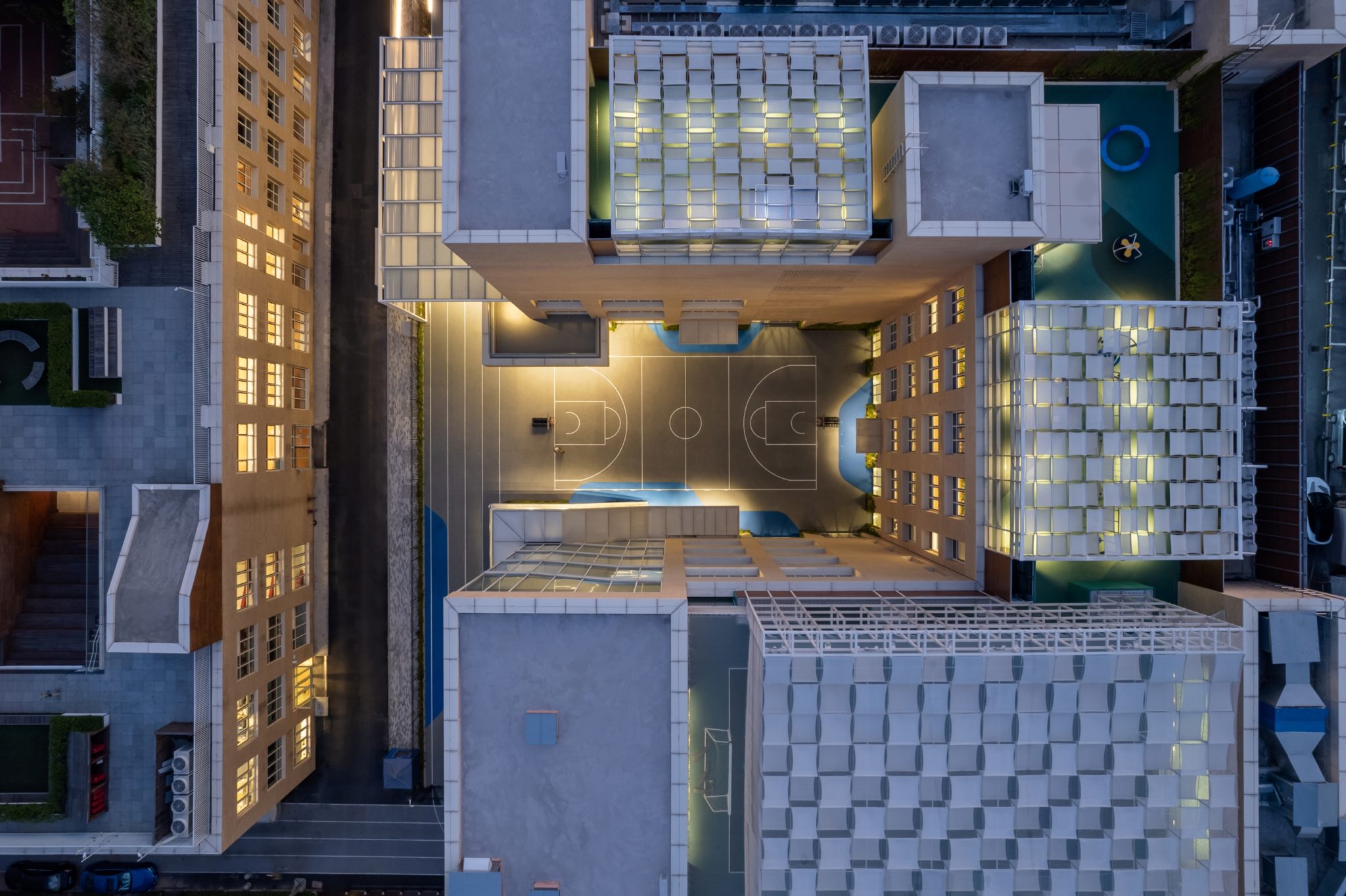 Image © ZC Architecture Photography Studio
Image © ZC Architecture Photography Studio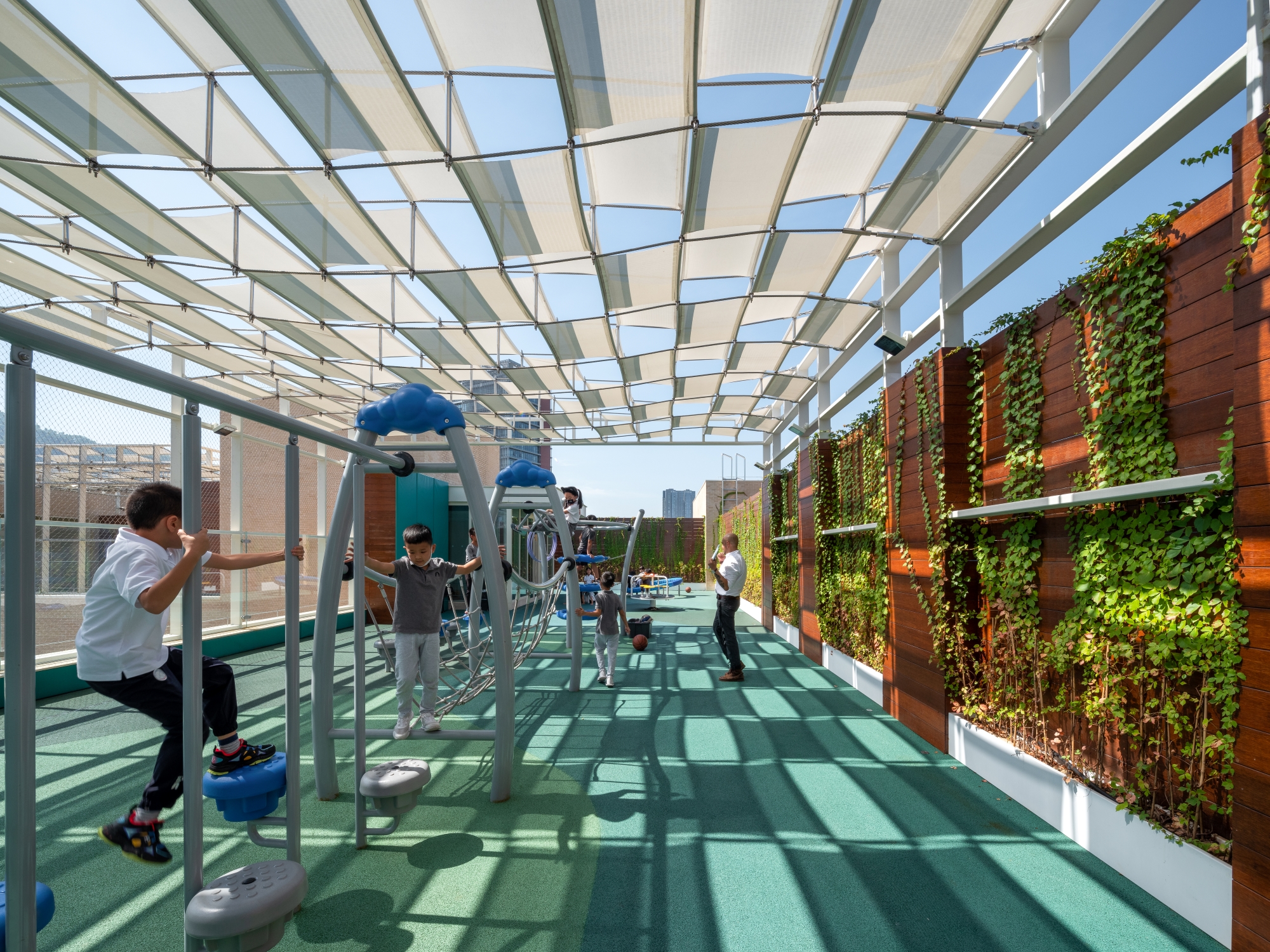 Image © ZC Architecture Photography Studio
Image © ZC Architecture Photography Studio Image © ZC Architecture Photography Studio
Image © ZC Architecture Photography StudioA tensile roof canopy protects students from the intense sunlight in Shenzhen and creates a dappled light underneath.
The breathing structure of the canopy and the green wall along the side of the rooftop playground creates a biophilic environment.
The integration of natural elements into the movement space is a key design decision for this age group—when children start to differentiate movement and life—and creates an appreciation of nature and helps to develop empathy with the natural environment.
 Image © Efficiency Lab for Architecture
Image © Efficiency Lab for Architecture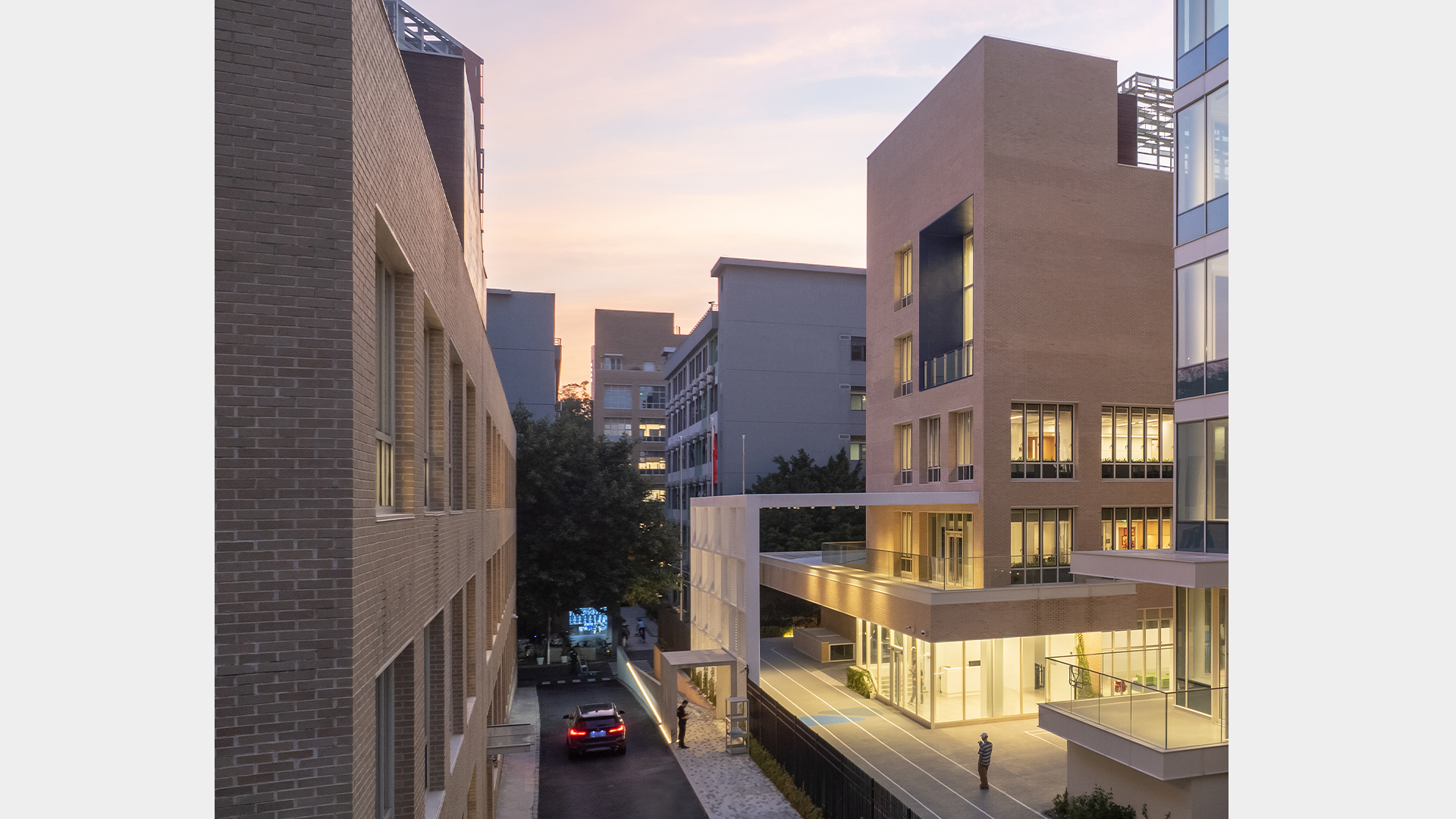 Image © ZC Architecture Photography Studio
Image © ZC Architecture Photography Studio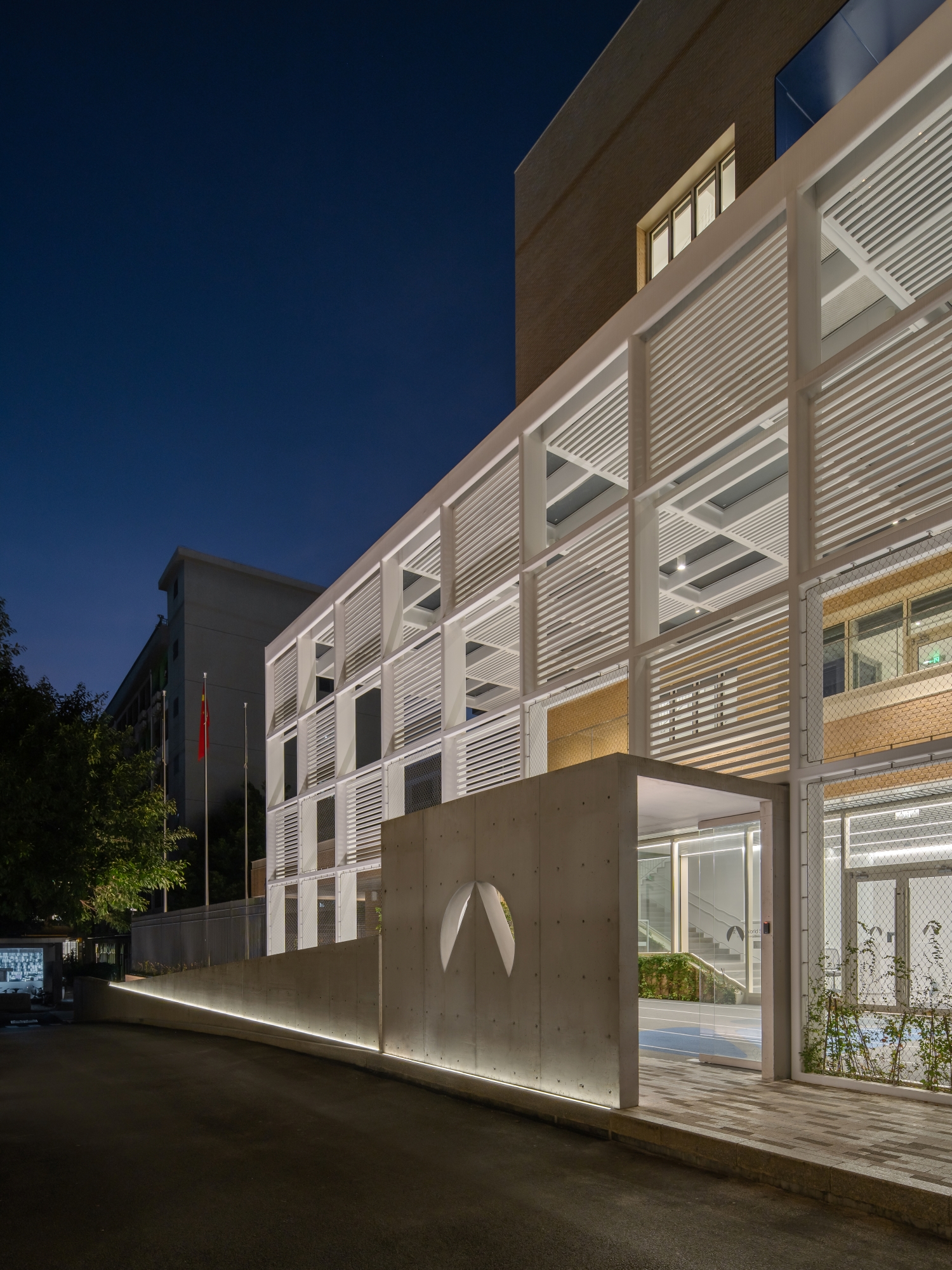 Image © ZC Architecture Photography Studio
Image © ZC Architecture Photography Studio Image © ZC Architecture Photography Studio
Image © ZC Architecture Photography StudioA new canopy was added to the exterior to provide shade for a second-floor terrace space, and a gate replaces the former stone wall to maintain student safety, while creating a stronger connection to the surrounding streets.
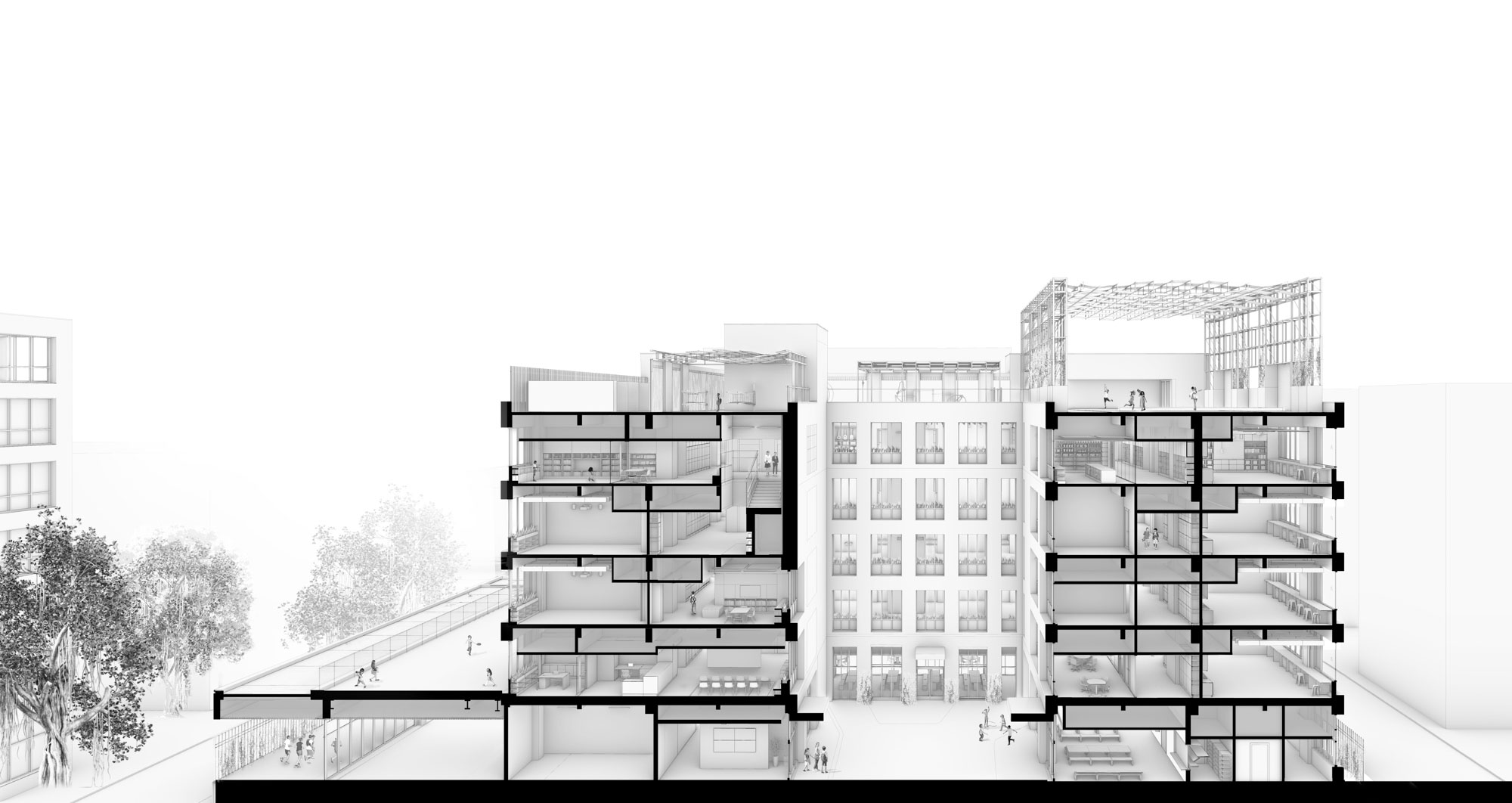 Image © Efficiency Lab for Architecture
Image © Efficiency Lab for Architecture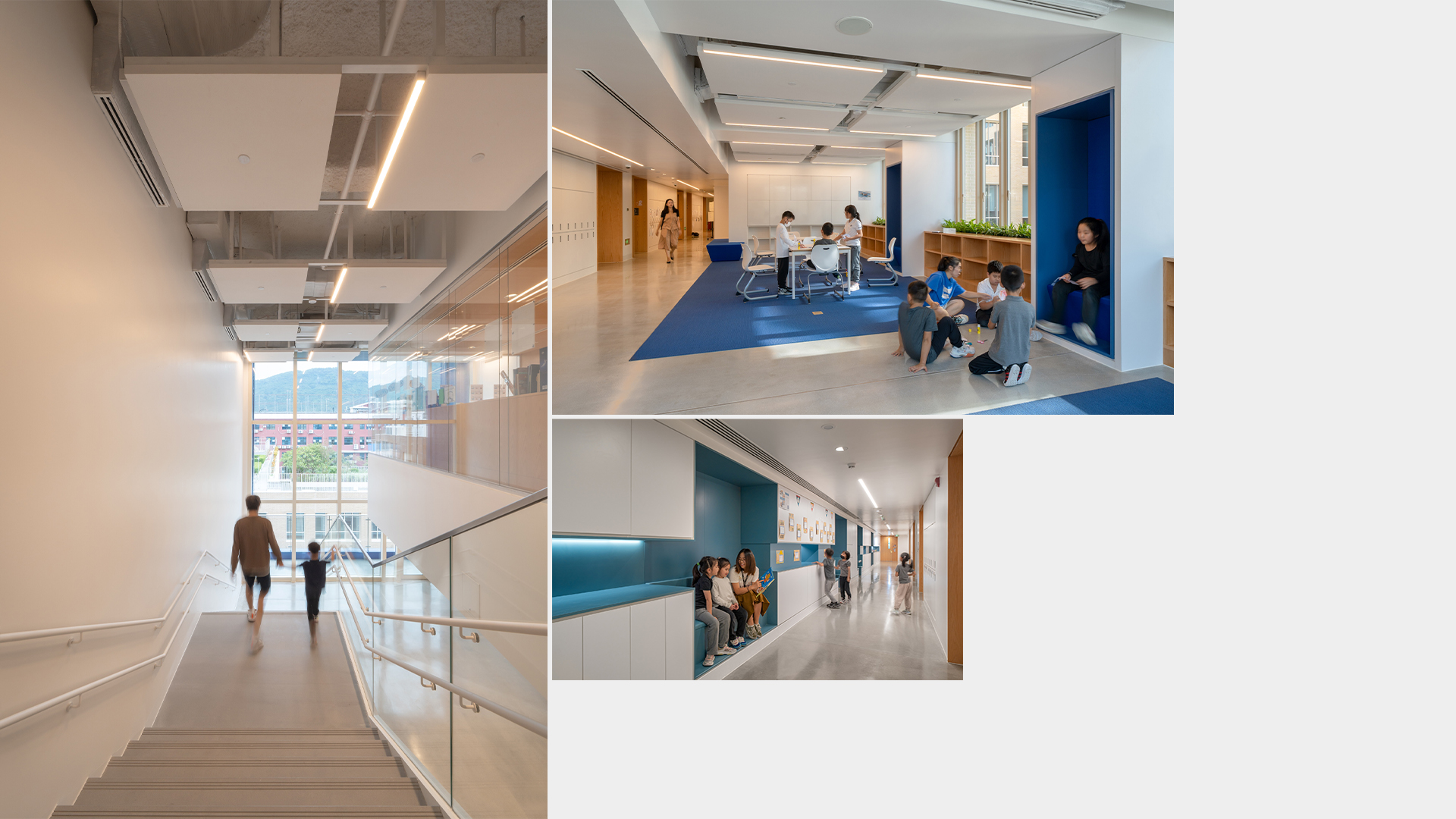 Image © ZC Architecture Photography Studio
Image © ZC Architecture Photography Studio Image © ZC Architecture Photography Studio
Image © ZC Architecture Photography Studio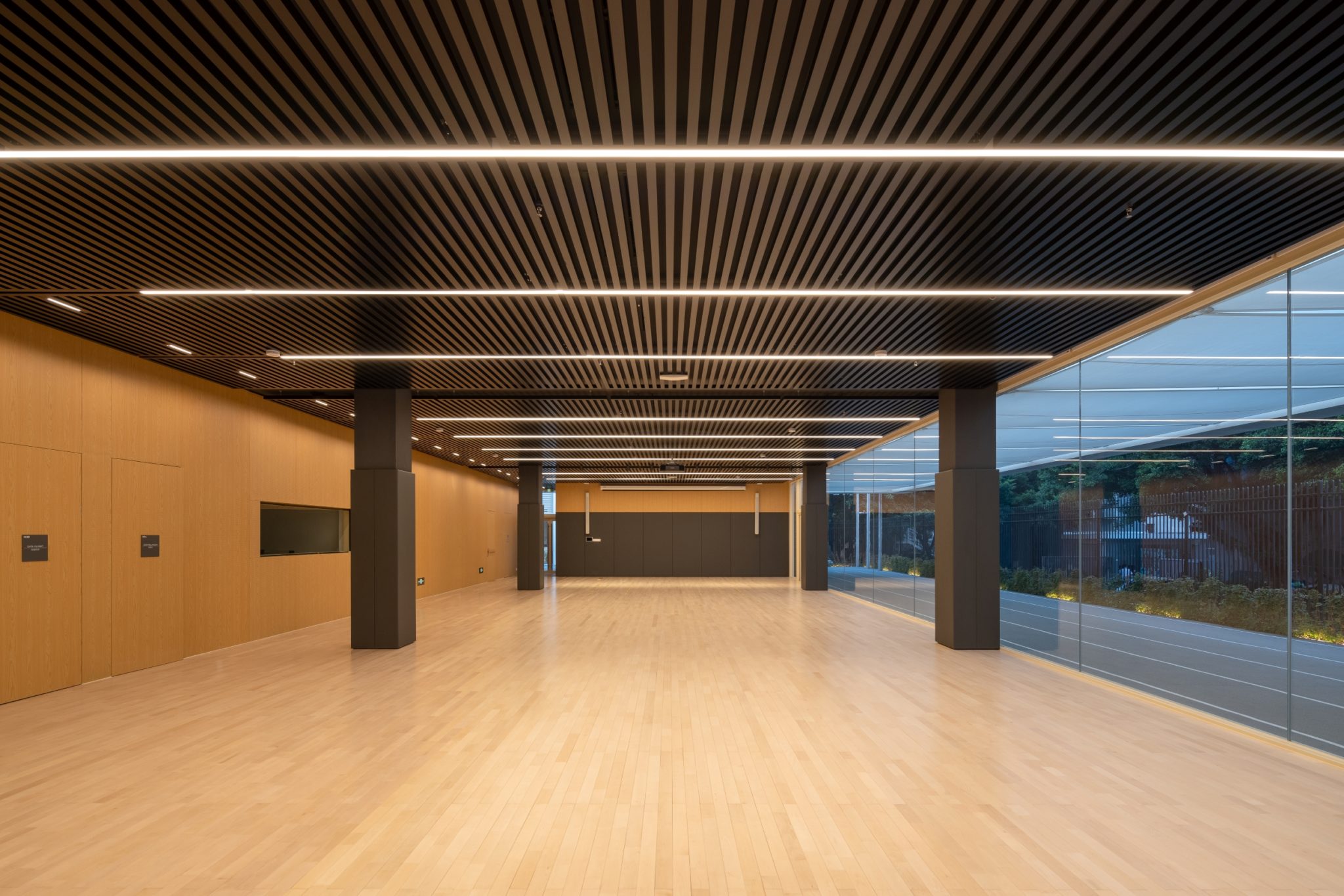 Image © ZC Architecture Photography Studio
Image © ZC Architecture Photography Studio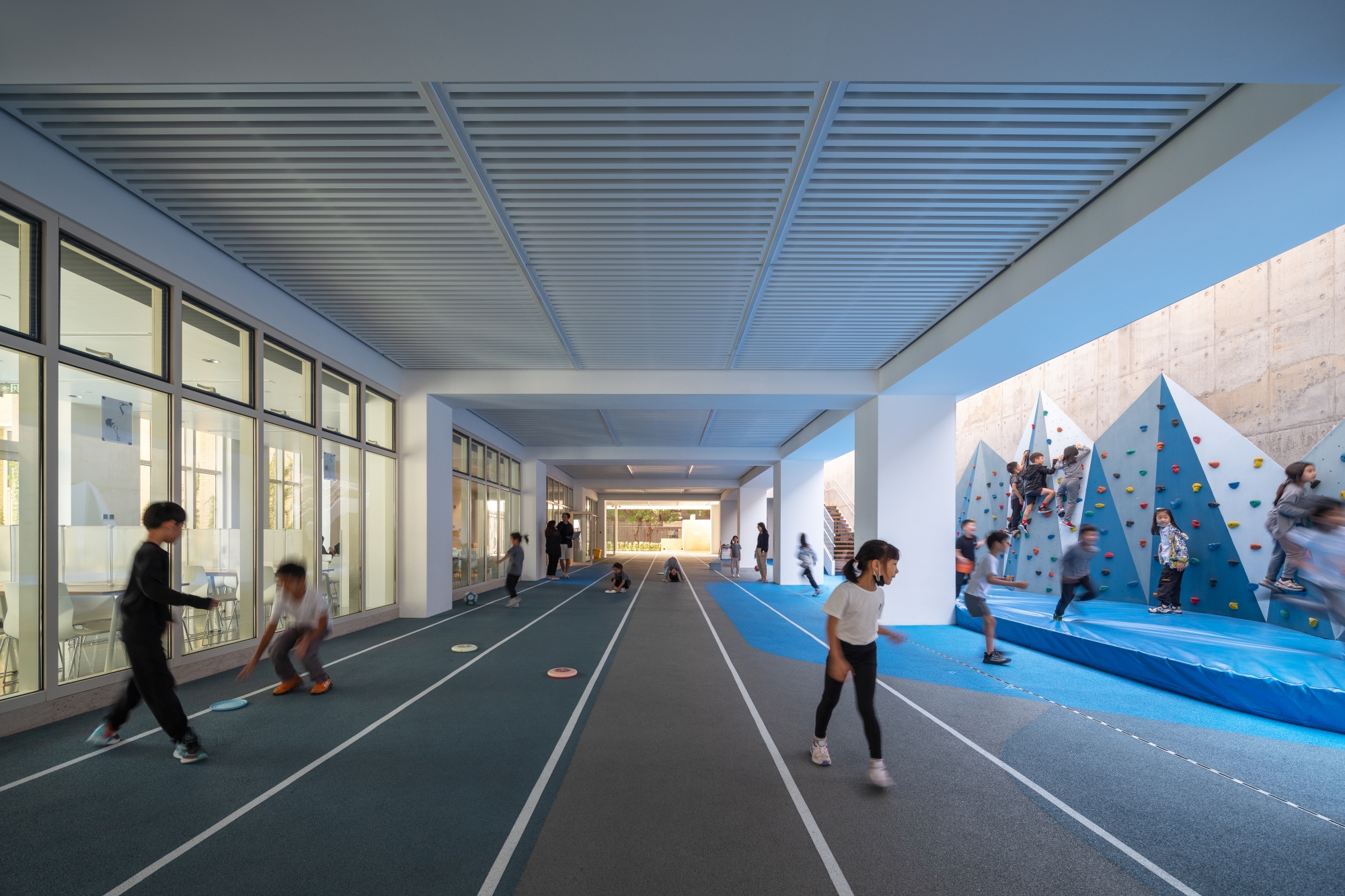 Image © ZC Architecture Photography Studio
Image © ZC Architecture Photography Studio Image © ZC Architecture Photography Studio
Image © ZC Architecture Photography StudioThroughout the building, student commons are dispersed across multiple floors to foster social interactions. Each of these common areas are furnished with bookshelves and seating niches finished in natural materials like wood, and surrounded with area rugs and upholstered surfaces to create a more welcoming environment.
Inside the building, a climbing wall is installed as a centrally located focal point, where activities can be shared and learned. The pleated climbing wall is nested within a space open to the sky and adjacent to a covered playground.
The sectional height difference between the playground and the climbing wall creates a dramatic light effect—the natural light washes down the wall, creating a sense of uplift to the space.
CREDITS: Masterplan: Efficiency Lab for Architecture PLLC; Design Architect: Efficiency Lab for Architecture PLLC; Interior Design: Efficiency Lab for Architecture PLLC; Local Design Institute: CCDI; Structural Design: ARUP; Landscape Design: WAY Design; Lighting Design: Claude Engel; Acoustic: Longman Lindsey





















